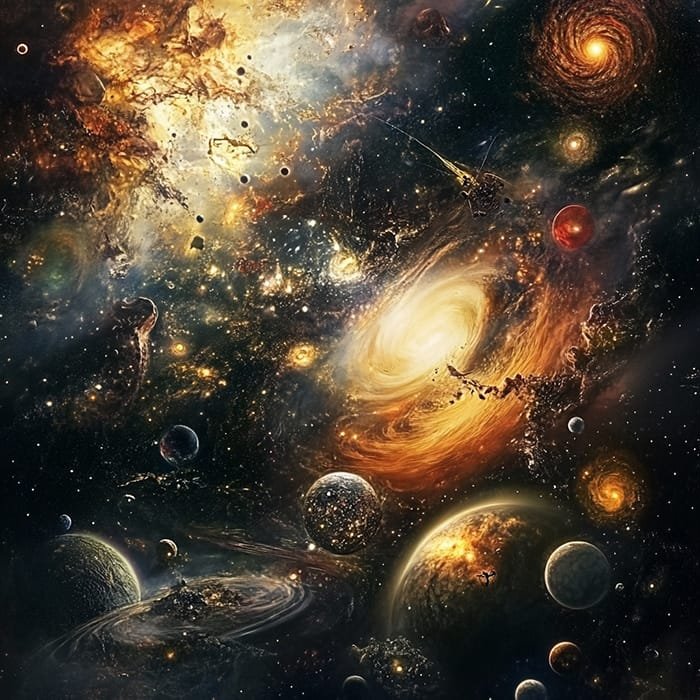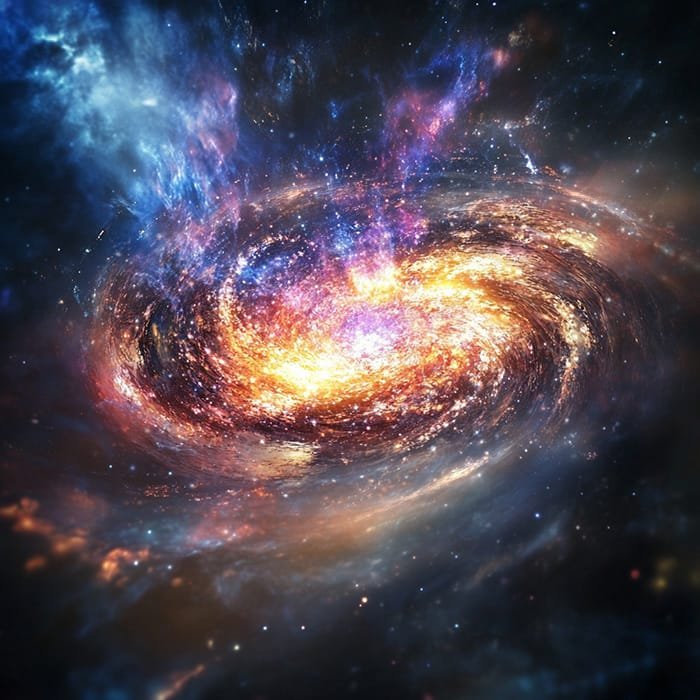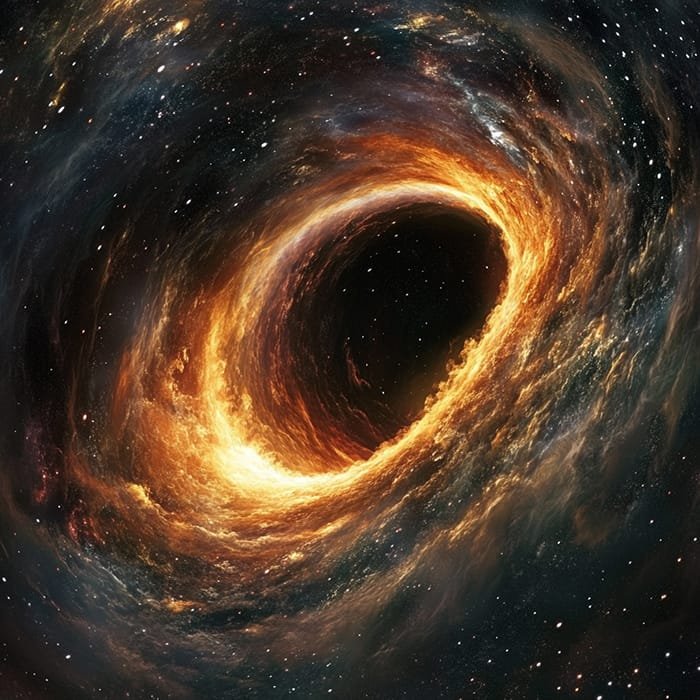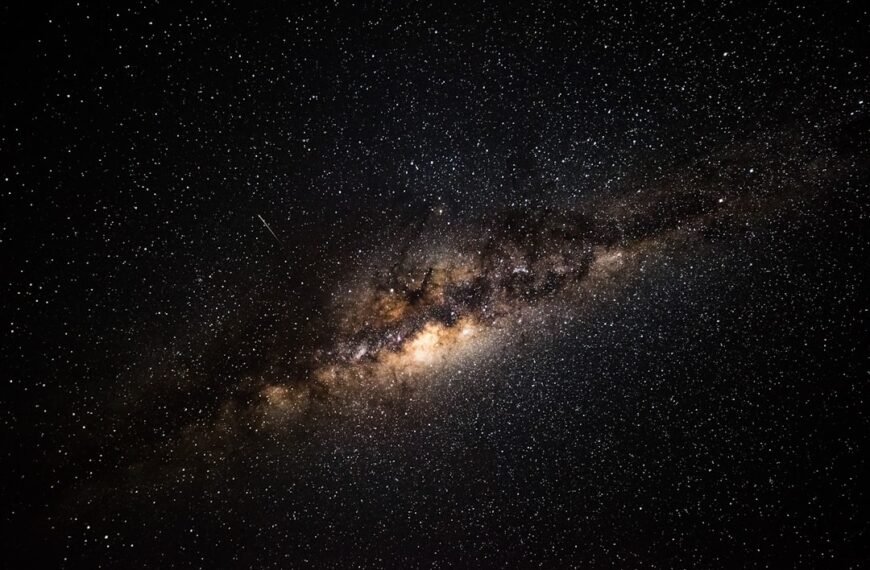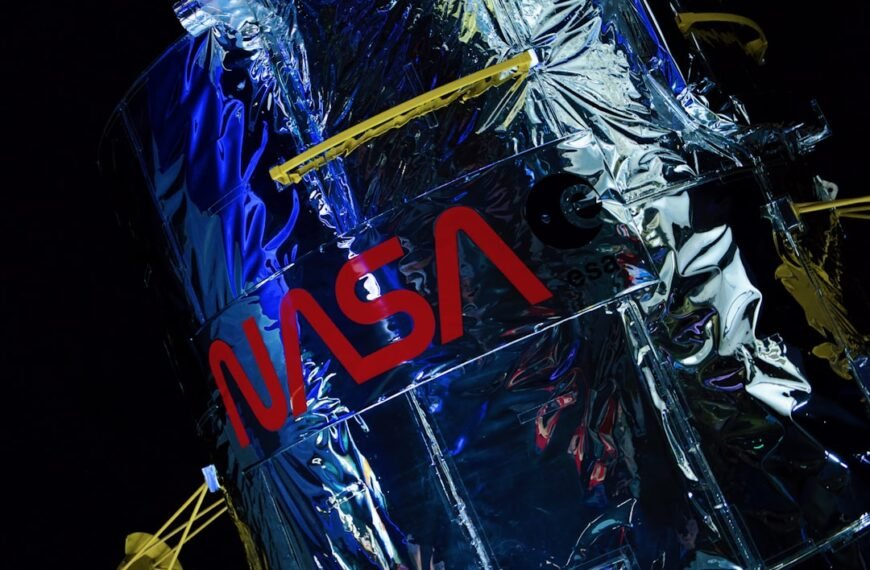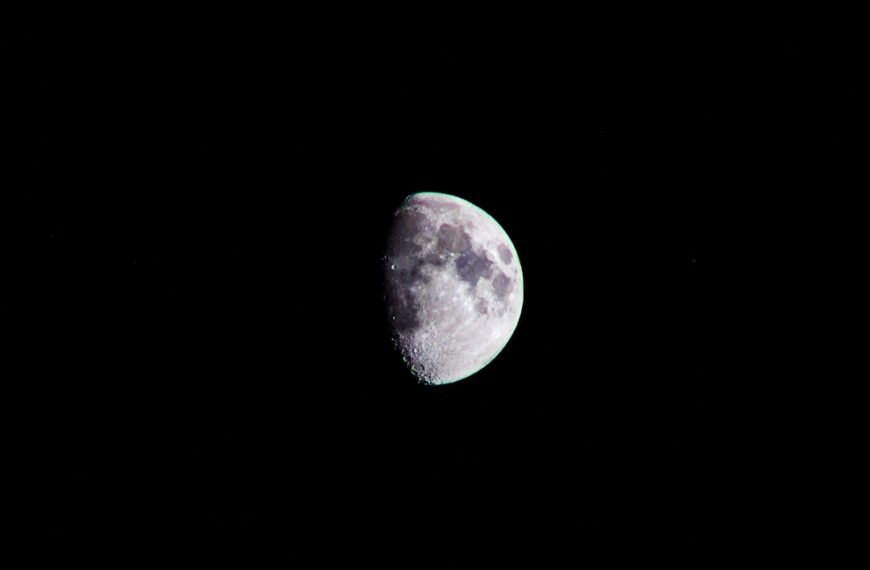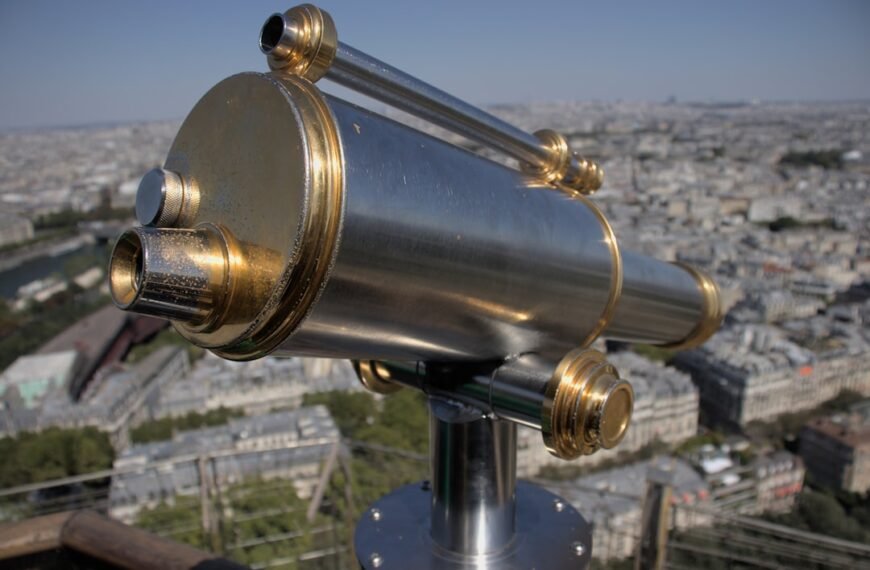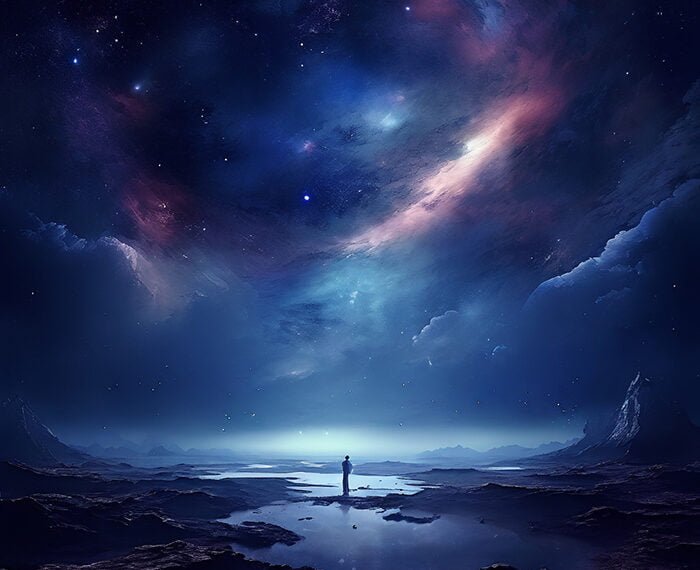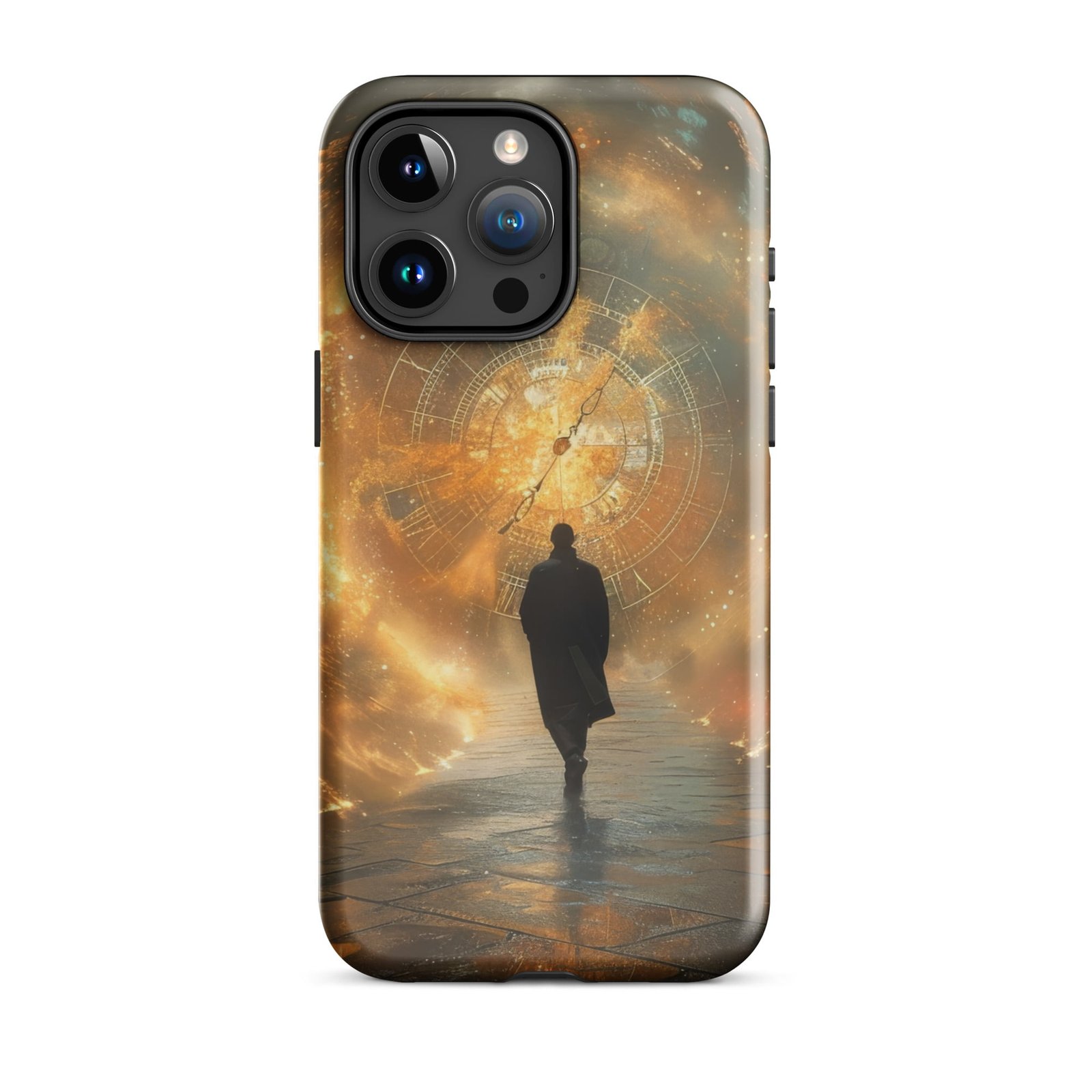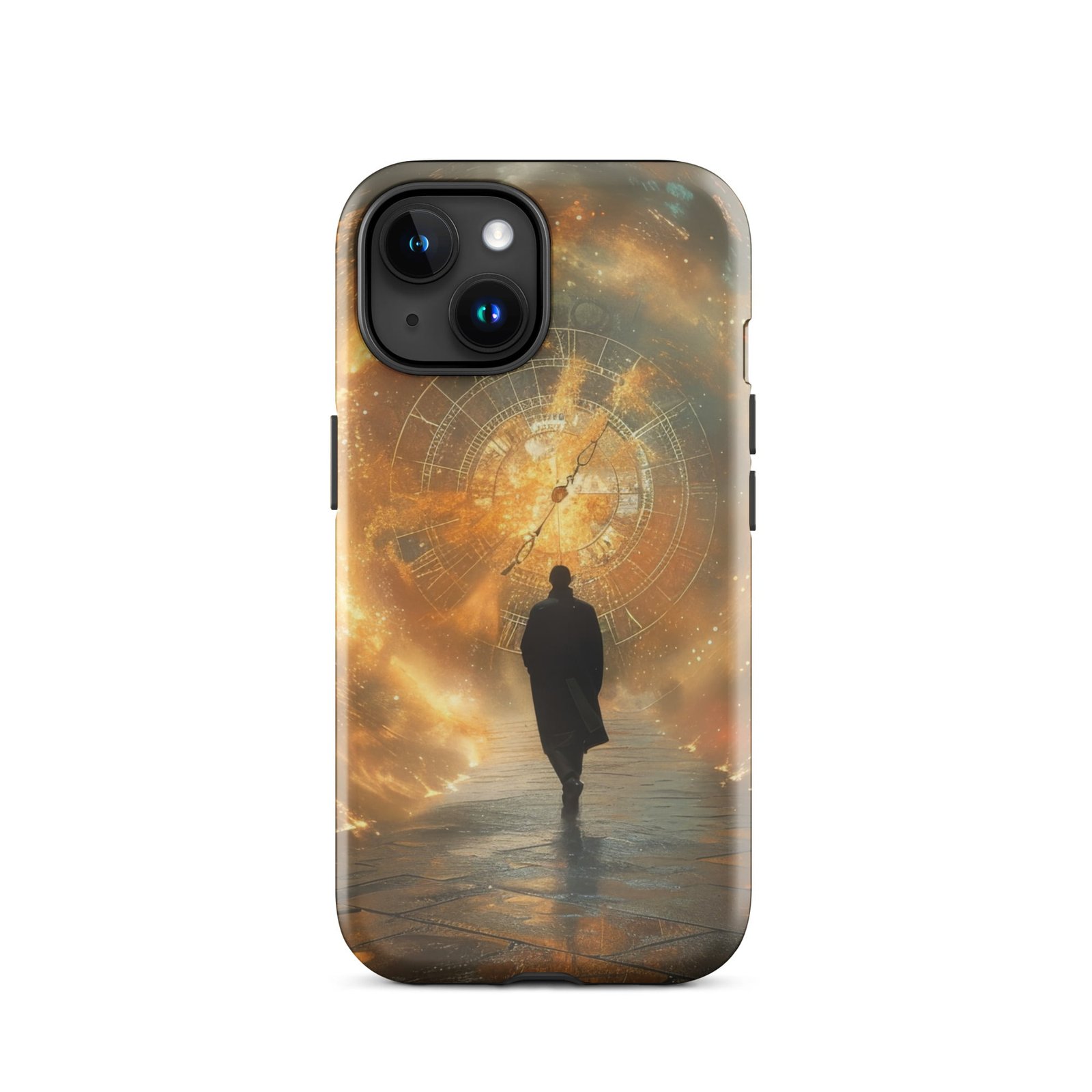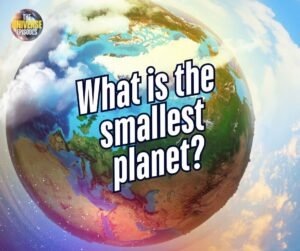Exploring the universe’s wonders: JWST, Hubble, Big Bang, dark matter, cosmic web. Discoveries reshape our cosmic understanding.
Key Takeaways 📝
- The James Webb Space Telescope (JWST) has captured the deepest infrared images ever, allowing us to glimpse the universe just a billion years after the Big Bang, reshaping our understanding of cosmic evolution.
- Recent studies reveal that dark matter constitutes about 80% of the universe’s mass, influencing the formation of galaxies and large-scale structures, yet remains undetectable through conventional means.
- The concept of the multiverse suggests our universe might be just one of many, each with different physical laws, challenging our fundamental understanding of reality.
- Observations from JWST and Hubble indicate that the structure of the universe resembles a vast cosmic web, intricately woven by gravity and dark matter over billions of years.
- The ongoing exploration into the universe’s expansion and the role of dark energy raises profound questions about its ultimate fate, highlighting the dynamic and ever-evolving nature of our cosmos.
An Exploration of Cosmic Wonders
The question “What does the universe look like?” has intrigued humanity for centuries. From ancient stargazers to modern astronomers, the quest to understand the universe’s appearance and structure has driven scientific and philosophical inquiry. Today, with cutting-edge technology and advanced theories, we have unprecedented insights into the universe’s vastness, complexity, and beauty. This blog post delves into the latest observations, theories, and discoveries that shape our understanding of what the universe looks like.
Observations from Space Telescopes: A Window into the Cosmos
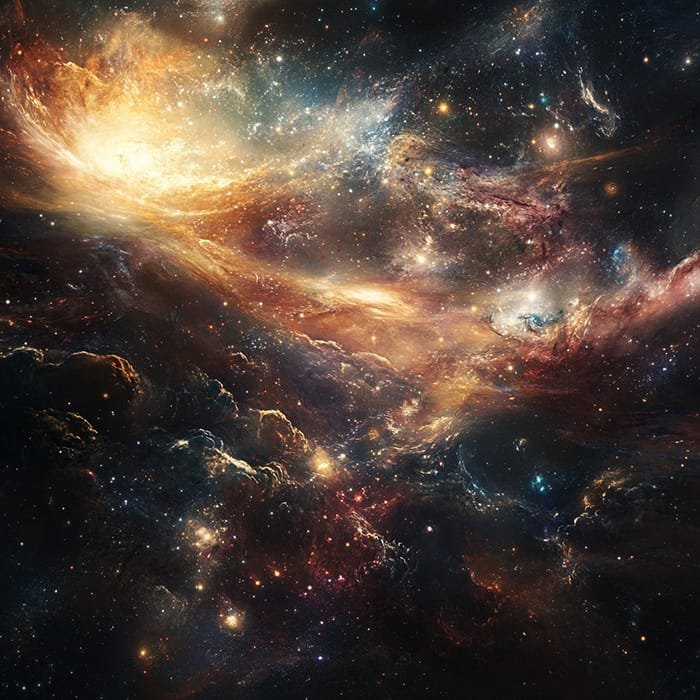
James Webb Space Telescope (JWST)
The James Webb Space Telescope (JWST) is revolutionizing our perception of the universe. Launched in December 2021, JWST has provided the deepest and most detailed infrared images of the cosmos, revealing faint structures in extremely distant galaxies. These images allow us to look back in time to within a billion years after the Big Bang, offering insights into the early universe.
JWST’s images cover a tiny portion of the sky, akin to viewing a grain of sand held at arm’s length, highlighting the vastness of the universe. The telescope’s ability to capture infrared light enables it to peer through cosmic dust, revealing the birthplaces of stars and planets. The kaleidoscope of colors in JWST’s images indicates regions rich in dust, a crucial component for star formation. These observations are reshaping our understanding of galactic evolution and the conditions that prevailed in the universe’s infancy.
Hubble Space Telescope
Before JWST, the Hubble Space Telescope was the primary tool for exploring the universe. Since its launch in 1990, Hubble has captured iconic images that have changed our perception of the cosmos. From the ‘Pillars of Creation’ to the ‘Whirlpool Galaxy,’ Hubble’s images reveal the beauty and complexity of cosmic phenomena.
Hubble’s observations have contributed significantly to our understanding of the universe’s structure. It has provided stunning views of nebulae, star clusters, and distant galaxies, allowing astronomers to study their characteristics and dynamics. Hubble’s ability to observe ultraviolet and visible light complements JWST’s infrared capabilities, providing a more comprehensive picture of the universe.
Theoretical Models and Cosmic Structure: Unlocking the Universe’s Mysteries
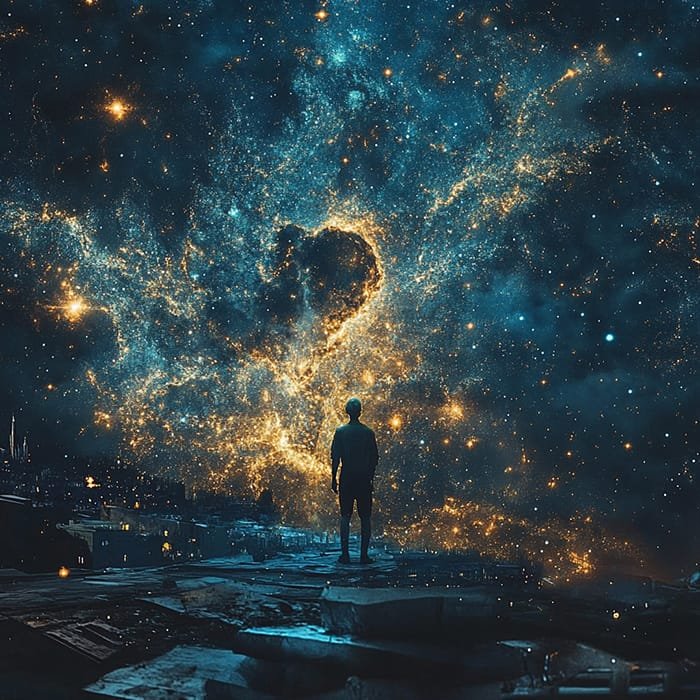
Big Bang Theory
The Big Bang Theory remains the most robust explanation for the universe’s origin. It suggests that the universe began approximately 13.8 billion years ago from a dense, hot singularity. As the universe expanded and cooled, subatomic particles formed atoms, eventually leading to the creation of galaxies, stars, and planets.
This theory is supported by several key observations. The cosmic microwave background radiation, a faint glow left over from the Big Bang, provides a snapshot of the universe when it was just 380,000 years old. The distribution of galaxies and the abundance of light elements also align with predictions made by the Big Bang Theory. These observations confirm that the universe is expanding and has evolved over billions of years.
Cosmic Inflation and Multiverse
Cosmic inflation theory proposes a rapid expansion of the universe immediately after the Big Bang. This expansion explains the uniformity observed across vast cosmic distances, addressing several key problems in the Big Bang model. According to inflation, tiny quantum fluctuations were stretched to cosmic scales, seeding the formation of galaxies and large-scale structures.
The multiverse concept, an extension of inflation theory, suggests that our universe might be one of many. Each universe in this multiverse could have different physical constants, leading to diverse cosmic landscapes. While the multiverse remains speculative, it offers intriguing possibilities for understanding the universe’s appearance and the fundamental nature of reality.
Dark Matter and Cosmic Growth
Dark matter is a mysterious component that constitutes about 80% of the universe’s mass. It does not interact with electromagnetic radiation, making it invisible and challenging to detect. However, its presence is inferred from its gravitational effects on visible matter.
Recent maps of dark matter distribution confirm Einstein’s theory of gravity, showing how massive structures grow and bend light over the universe’s 14-billion-year lifespan. These maps reveal the cosmic web, a vast network of filaments connecting galaxies and clusters. Understanding dark matter is crucial for deciphering the universe’s structure and dynamics.
Latest Discoveries About the Universe’s Composition
Expansion and Fate
The universe is expanding, a discovery made by Edwin Hubble in the 1920s. This expansion is driven by dark energy, a mysterious force that counteracts gravity. The ultimate fate of the universe is a topic of ongoing research, with several theories proposing different scenarios.
The Big Rip theory suggests that dark energy’s repulsive force could eventually tear apart all cosmic structures, from galaxies to atoms. In contrast, the Big Freeze envisions a gradual cooling as the universe expands, leading to a state of near absolute zero temperature. These scenarios highlight the profound impact of dark energy on the universe’s future.
Cosmic Dark Ages and New Discoveries
The cosmic dark ages refer to a period before the first stars formed, when the universe was filled with neutral hydrogen gas. Studying this era is challenging, but radio waves emitted by hydrogen can provide valuable insights. These studies promise to shed new light on the universe’s composition and the weight of neutrinos, elusive particles that play a crucial role in cosmic evolution.
Recent discoveries by the JWST of galaxies from the cosmic dawn, around 300 million years after the Big Bang, continue to enhance our understanding of the universe’s early stages. These galaxies were among the first to form, providing clues about the conditions that led to the reionization of the universe and the emergence of the first stars and black holes.
What Does the Universe Look Like Today?
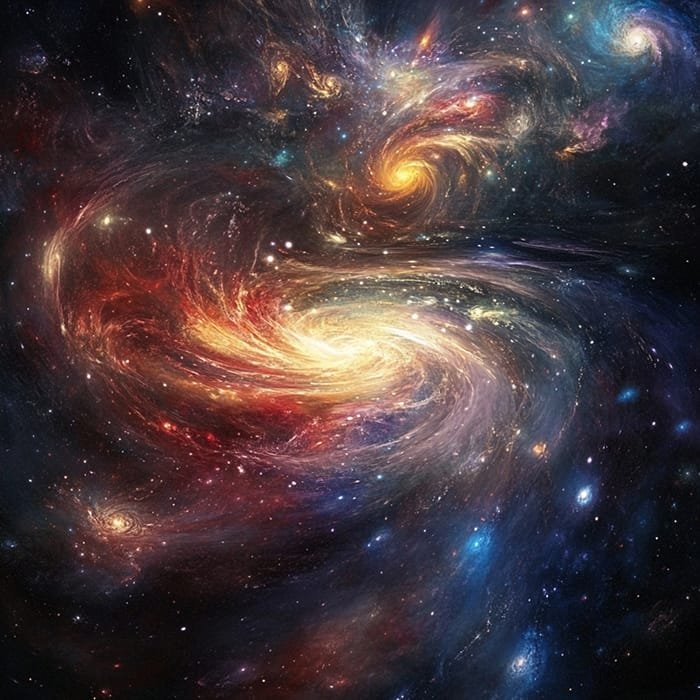
The Cosmic Web
The universe’s large-scale structure resembles a cosmic web, with galaxies and clusters connected by vast filaments of dark matter. This web is shaped by the interplay of gravity, dark matter, and dark energy, creating a dynamic and ever-evolving cosmic tapestry.
Observations from telescopes like JWST and Hubble provide a glimpse into this intricate structure, revealing the distribution of galaxies and the influence of dark matter. The cosmic web’s complexity reflects the universe’s rich history and the processes that have shaped its appearance over billions of years.
Galaxies and Nebulae
Galaxies are the universe’s building blocks, each containing billions of stars, planets, and other celestial objects. They come in various shapes and sizes, from spiral galaxies like the Milky Way to massive elliptical galaxies and irregular galaxies with no distinct shape.
Nebulae are vast clouds of gas and dust, often serving as stellar nurseries where new stars are born. The vibrant colors and intricate shapes of nebulae, captured by telescopes like Hubble, reveal the dynamic processes that govern star formation and evolution.
Stars and Planets
Stars are the universe’s fundamental energy sources, powering the cosmos through nuclear fusion. They vary in size, temperature, and luminosity, from tiny red dwarfs to massive blue giants. The study of stars and their life cycles provides insights into the universe’s chemical composition and the formation of elements.
Planets, moons, and other celestial bodies orbit stars, forming diverse planetary systems. The discovery of exoplanets, planets outside our solar system, has expanded our understanding of planetary formation and the potential for life beyond Earth.
The Endless Quest to Understand the Universe
The universe is a vast and complex entity, with its appearance shaped by the interplay of cosmic phenomena and theoretical models. Observations from telescopes like JWST and Hubble provide a window into its distant past and intricate structure, revealing the beauty and diversity of cosmic wonders.
Theories such as the Big Bang, cosmic inflation, and dark matter offer explanations for the universe’s origin and evolution, while new discoveries continue to challenge and refine our understanding. As research advances, the question “What does the universe look like?” will inspire future generations to explore the cosmos and unravel its mysteries.
The quest to understand what the universe looks like is an endless journey, driven by curiosity and the desire to comprehend our place in the cosmos. As we continue to probe the universe’s depths, we gain not only knowledge but also a deeper appreciation for the beauty and complexity of the universe we call home.

